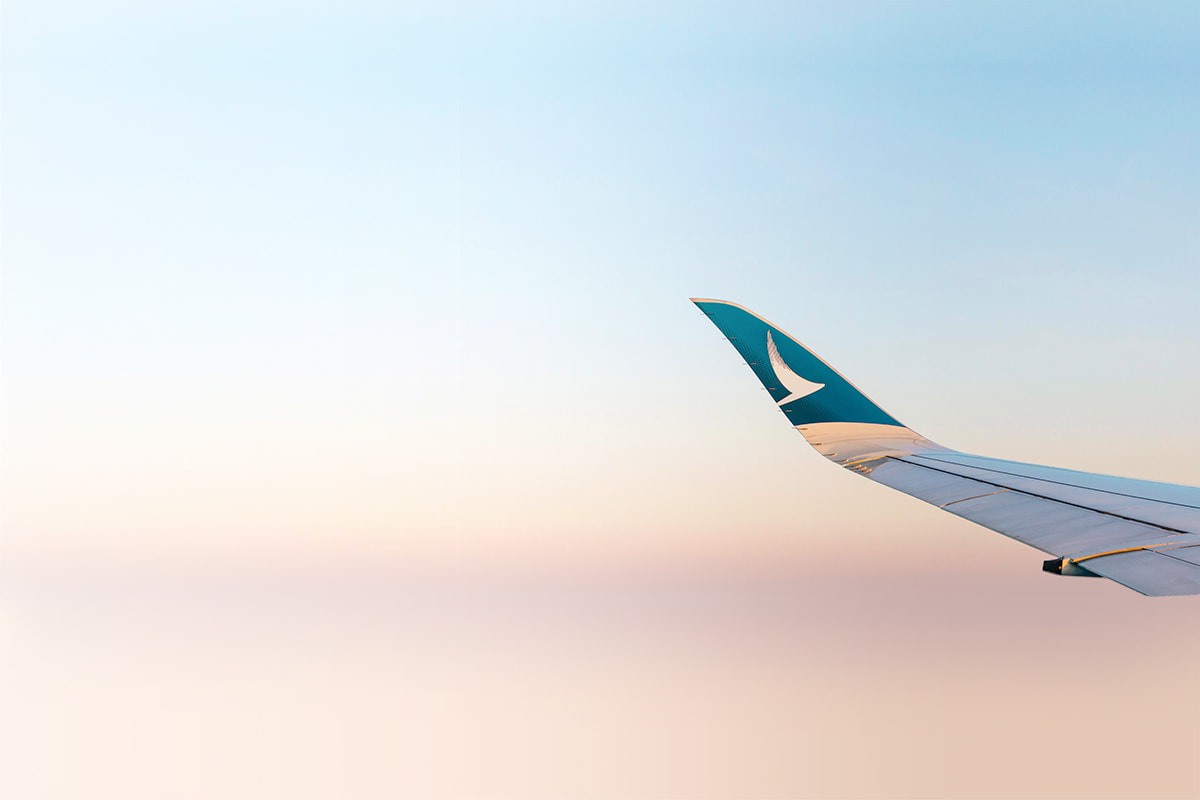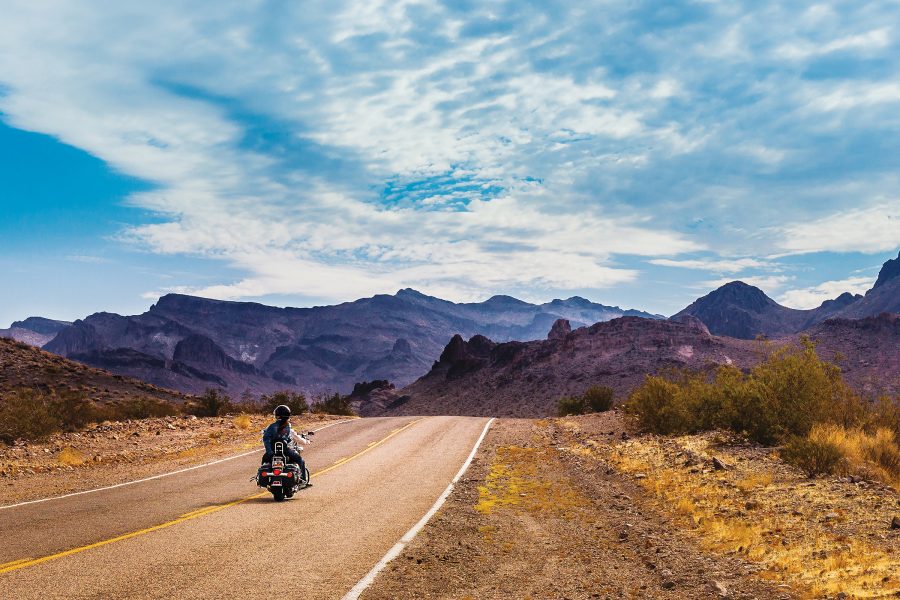Route 66 is more than a highway. It’s a living monument to freedom, migration and the romance of the open road. Unfurling like a ribbon of memory and myth, it stretches 3,940km, linking America’s heartland – Chicago – to the shimmering Pacific coast at its end point, Santa Monica Pier, just beyond Los Angeles. Officially commissioned on November 11, 1926, its original path followed trails carved by Native Americans, wagon roads and railways.
The upcoming centennial of the ultimate US road trip will be a nationwide celebration of nostalgia and rediscovery. Festivals, parades, car rallies and exhibitions will unfold in all eight states along the storied highway. The Route 66 Centennial Commission and local tourism boards are coordinating events, including next summer’s Drive Home VII, a cross-country parade of vintage cars; and the Great Race, a nine-day rally featuring classic, 20th-century automobiles. Restored landmarks and attractions are also taking centre stage, such as the Old Joliet Prison near Chicago – a filming location for The Blues Brothers now open to the public.
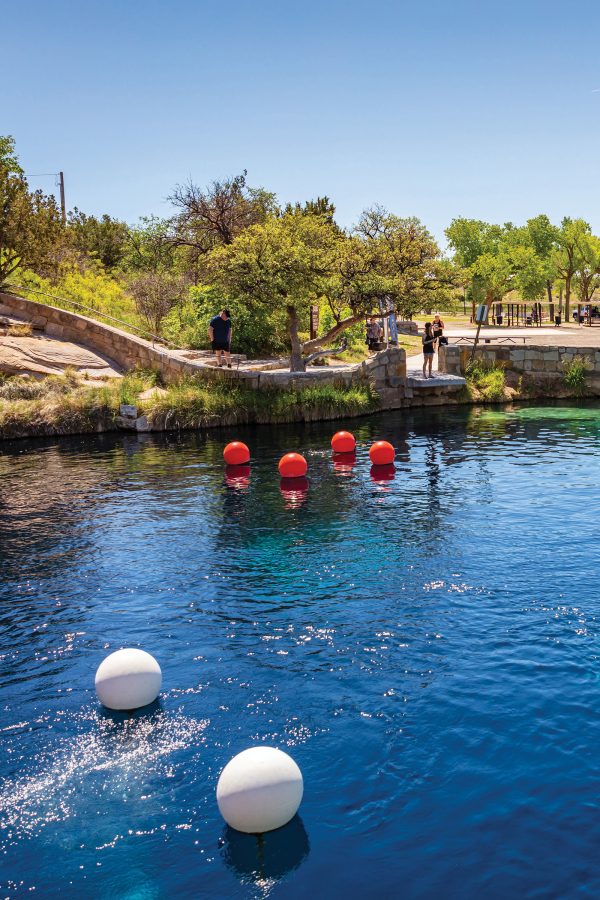
Credit: Rawf8/Getty Images
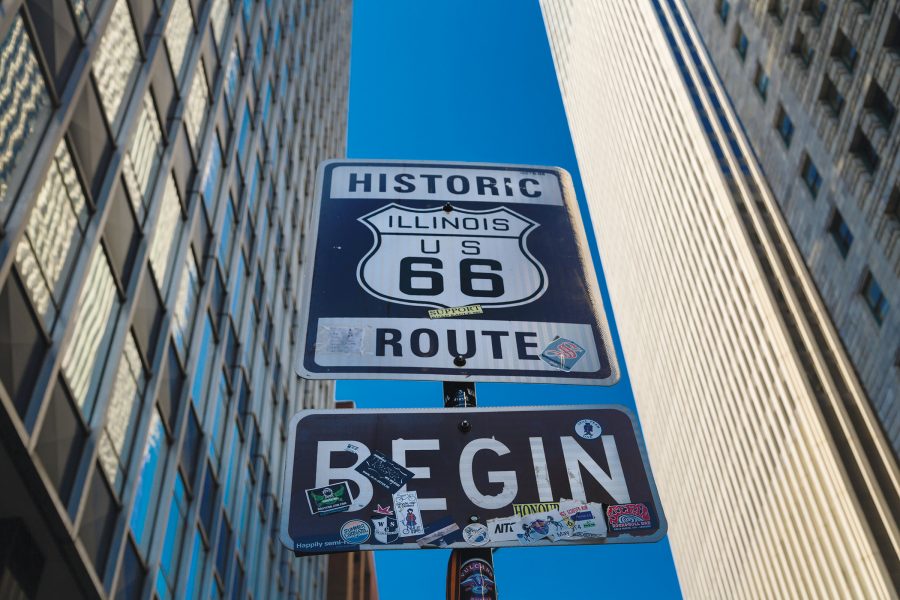
Credit: Jon Hicks/Getty Images
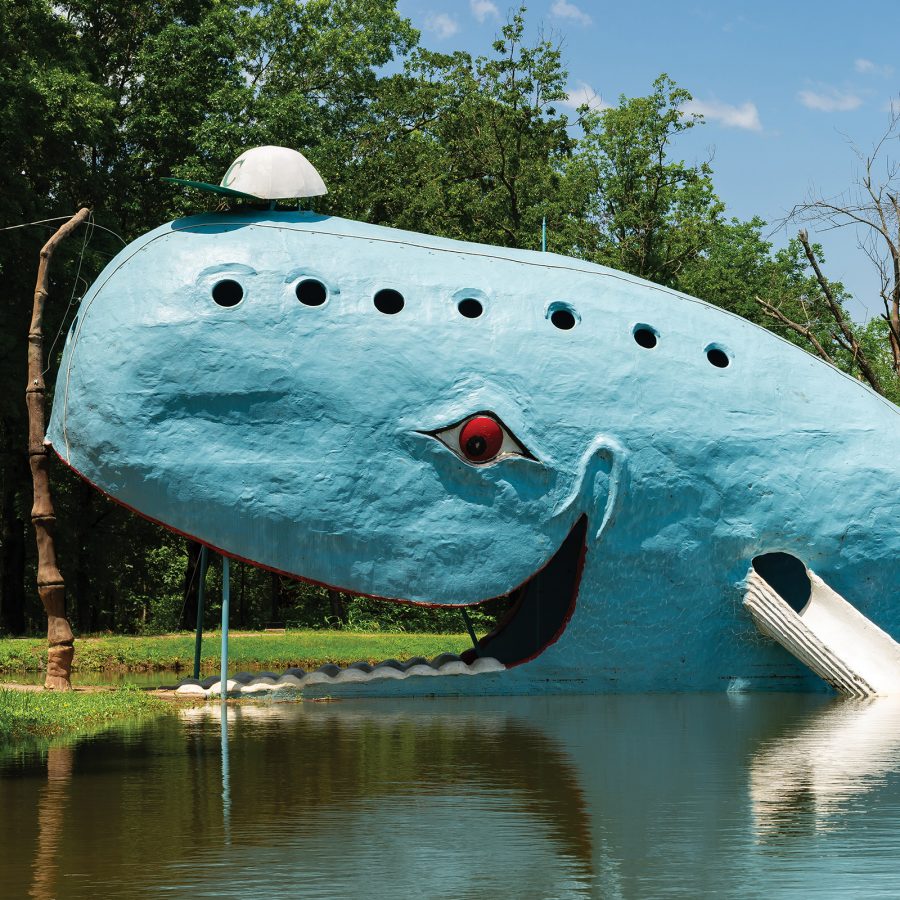
Credit: EJ Rodriquez/Getty Images
My own journey down the Mother Road began in my sweet home of Chicago. I set off on the Route 66 road trip of a lifetime with a minivan full of snacks, laughter and two wide-eyed copilots – my kids, aged 15 and seven. The snapshots we encountered were timeless: sliding through the toothy grin of the Blue Whale of Catoosa, Oklahoma, and into an old-timey swimming hole; cannonballing into the sapphire depths of the Blue Hole lake in Santa Rosa, New Mexico, an icy spring that jolted us awake amid the desert heat. In Oatman, Arizona, I steered us along the main drag, where wild donkeys roam freely. We even stumbled upon a real meteor crater – an enormous, 1.2km-wide, 170m-deep bowl near Winslow, Arizona, where our planet bears the scar of a 50,000-year-old cosmic collision.
These scenes, each a little more surreal than the last, transformed our cross-country drive into an unforgettable family adventure, a joyful encapsulation of all the reasons why Route 66 is so famous.

Credit: mauinow1/Getty Images

Credit: emyu/Getty Images
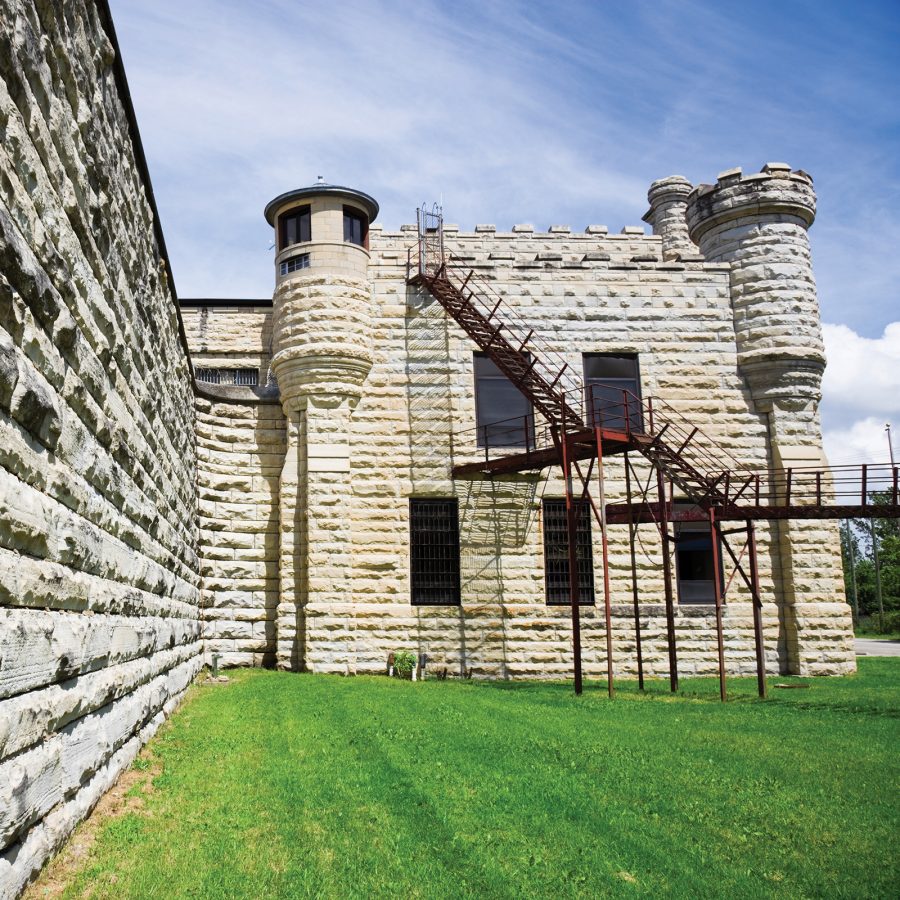
Credit: benkrut/Getty Images
What makes the historic Route 66 iconic is the culture it has cultivated: motels with neon signs, retro diners, quirky roadside attractions and drive-in theatres are emblematic of mid-century Americana. The road-inspired songs, such as Bobby Troup’s 1946 hit (Get Your Kicks on) Route 66, immortalised by Nat King Cole and The Rolling Stones, and is a familiar motif in films and TV shows that celebrate the spirit of the open road. It was the artery through which the American Dream pulsed, especially during the Dust Bowl, the disaster that sent families fleeing westward in search of hope, as chronicled in John Steinbeck’s The Grapes of Wrath (1939).
By the 1950s, Route 66 was a booming symbol of post-World War II mobility and American optimism. Yet it was this very spirit of progress that would see the road sidelined: the Federal-Aid Highway Act of 1956 ushered in a new era of interstate highway systems, rerouting traffic away from small towns. The road was officially decommissioned in 1985, but its legacy endured.
As the Mother Road celebrates its 100th birthday in 2026, there’s no better time to see it, with fresh eyes and a full tank of wonder. Whether it’s for the quirky detours or the quiet moments that sneak up on you somewhere between the Painted Desert and a pie-filled diner in Missouri, Route 66 remains one of life’s great bucket-list journeys.
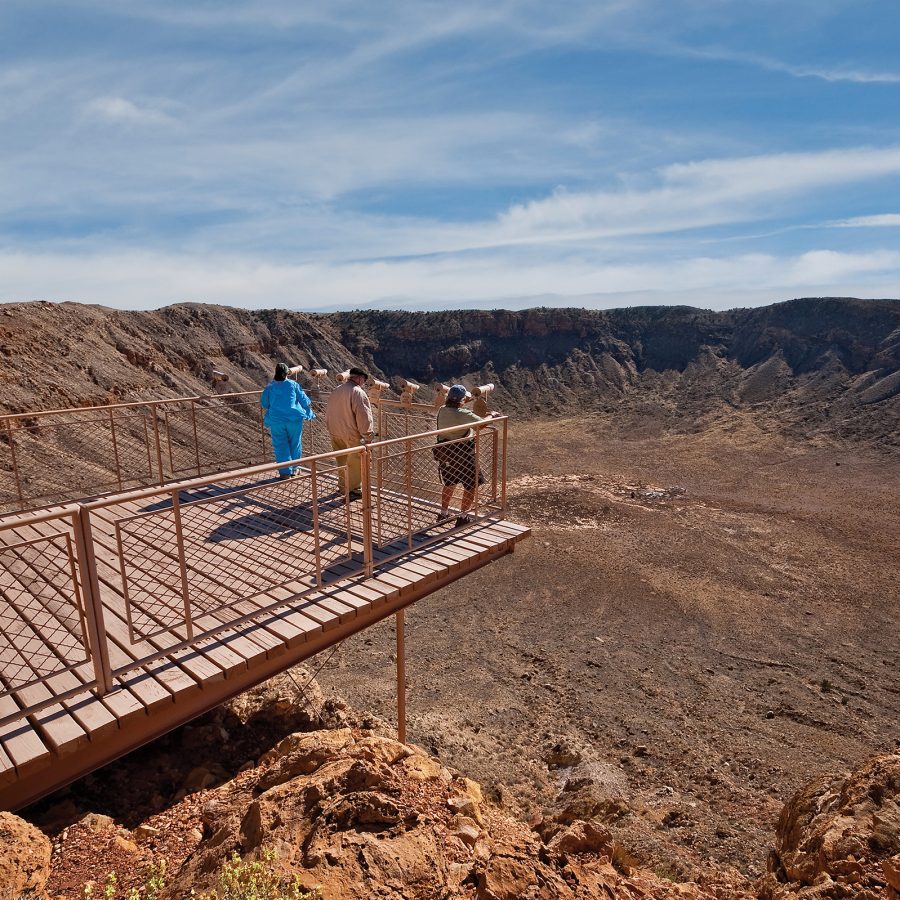
Credit: JeffGoulden/Getty Images
How to drive Route 66 right
Landed in Chicago? For a bite-sized taste of Route 66, a week-long drive covering 300-400km will take you through the heart of Illinois, ending in the state’s capital, Springfield. This stretch is packed with roadside Americana and Route 66 history, and makes the perfect introduction to the magical Mother Road.
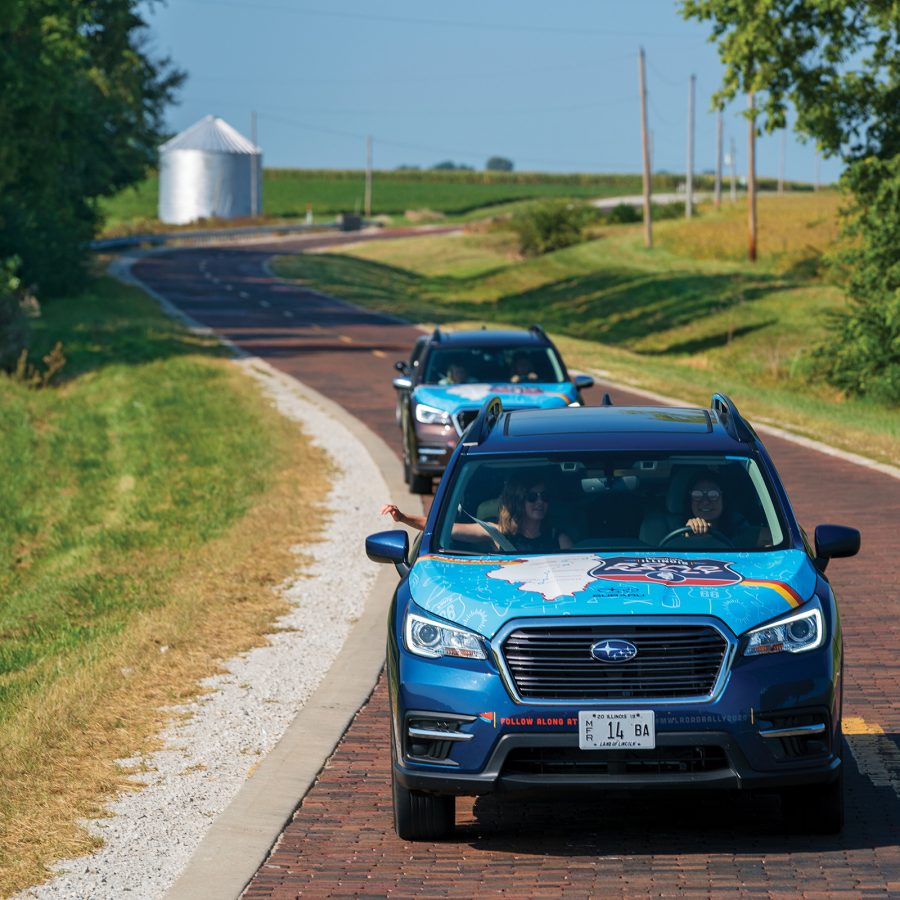
Credit: Ryan Donnell for Meredith Corporation
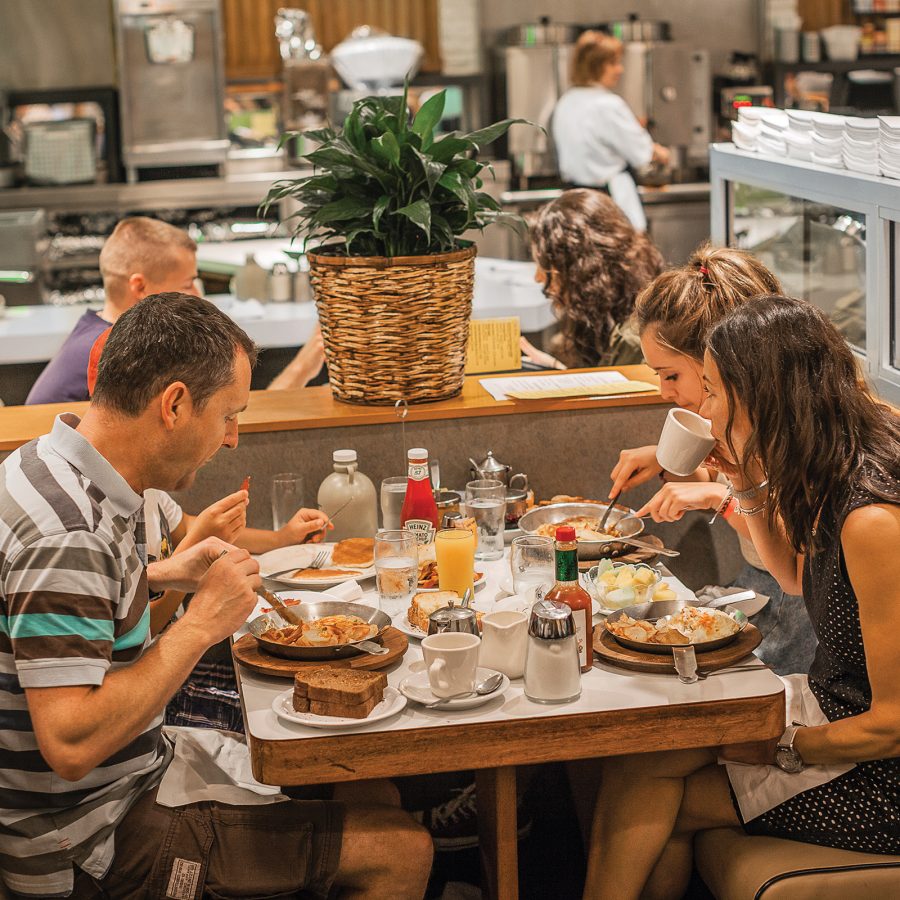
Credit: Illinois Office of Tourism
Where to start your journey
Begin at the official Route 66 sign on East Adams Street, close to South Michigan Avenue, in downtown Chicago. Snap a photo, grab breakfast at Lou Mitchell’s – a Route 66 institution since 1923 known for its “world’s best coffee” and doughnut holes – and head southwest.
4 must-see stops along Route 66
1. Joliet
Visit the Route 66 Welcome Centre and stop for a swirl of soft-serve at the Rich & Creamy ice cream stand – easily identified by The Blues Brothers statues on the roof.
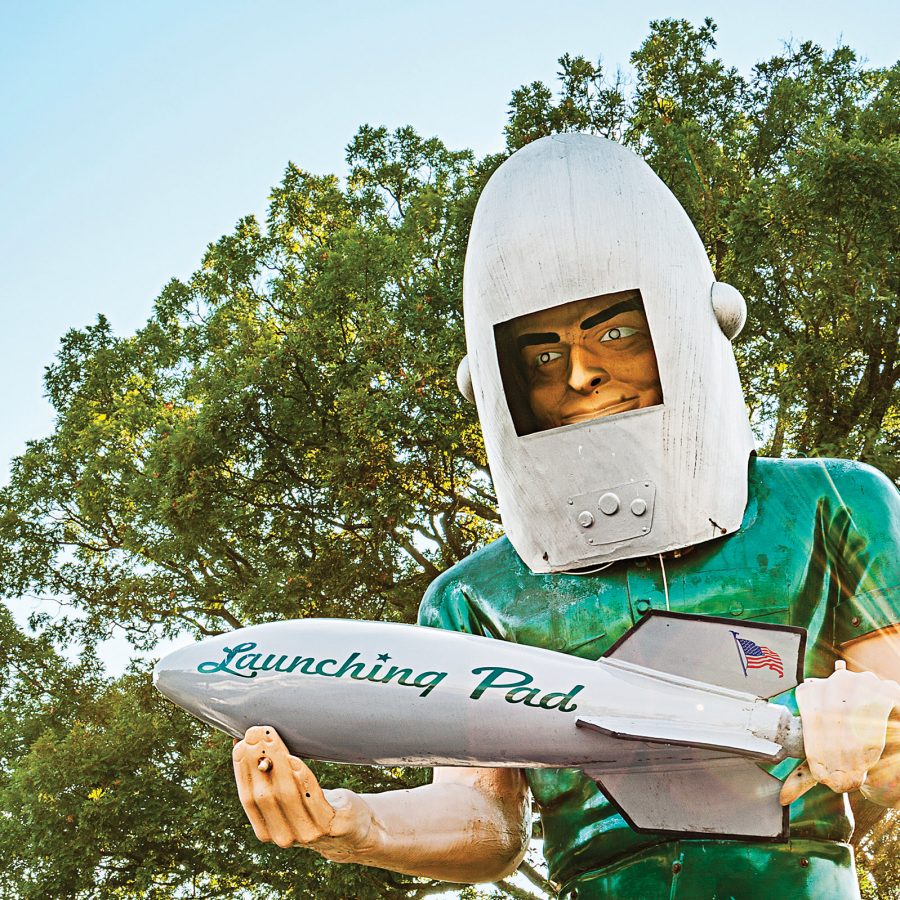
Credit: Illinois Office of Tourism
2. Wilmington
Meet the Gemini Giant – a towering Muffler Man fibreglass statue guarding South Island Park on the Kankakee River.
3. Auburn
Ramble along a 2.3km hand-laid brick stretch of the original route from 1931, between Snell and Curran Road.
4. Springfield
Dive into Lincoln lore at the Presidential Library, and don’t miss the Cozy Dog Drive In – birthplace of the corn dog.
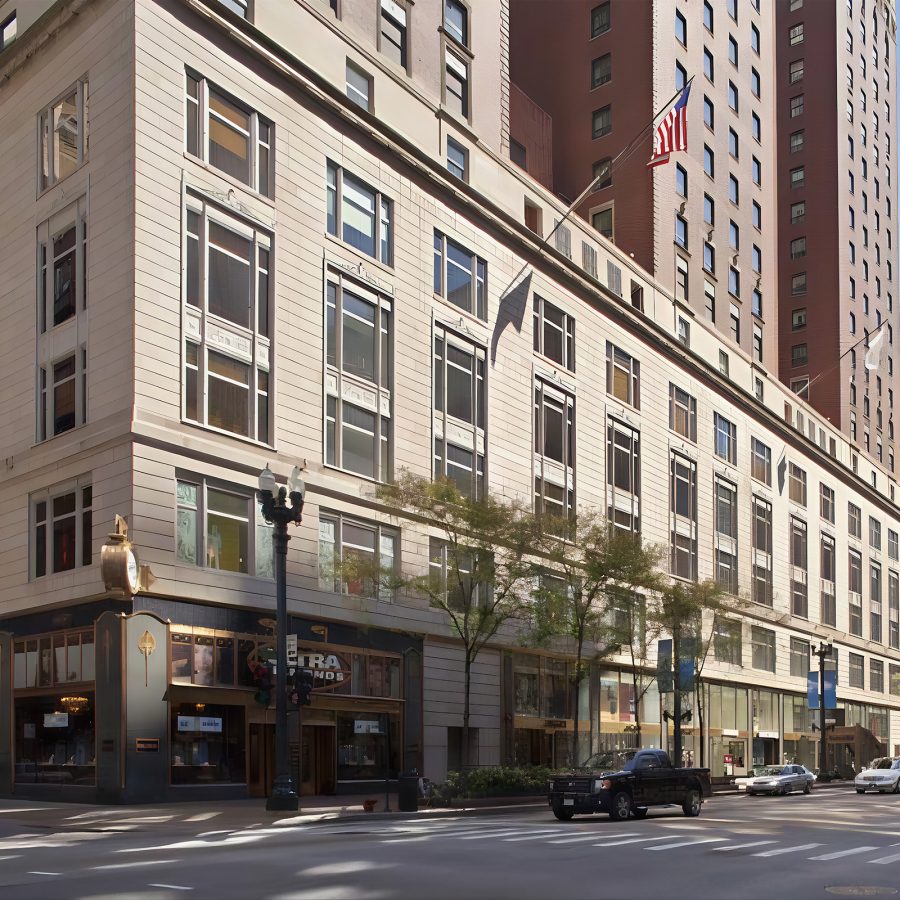
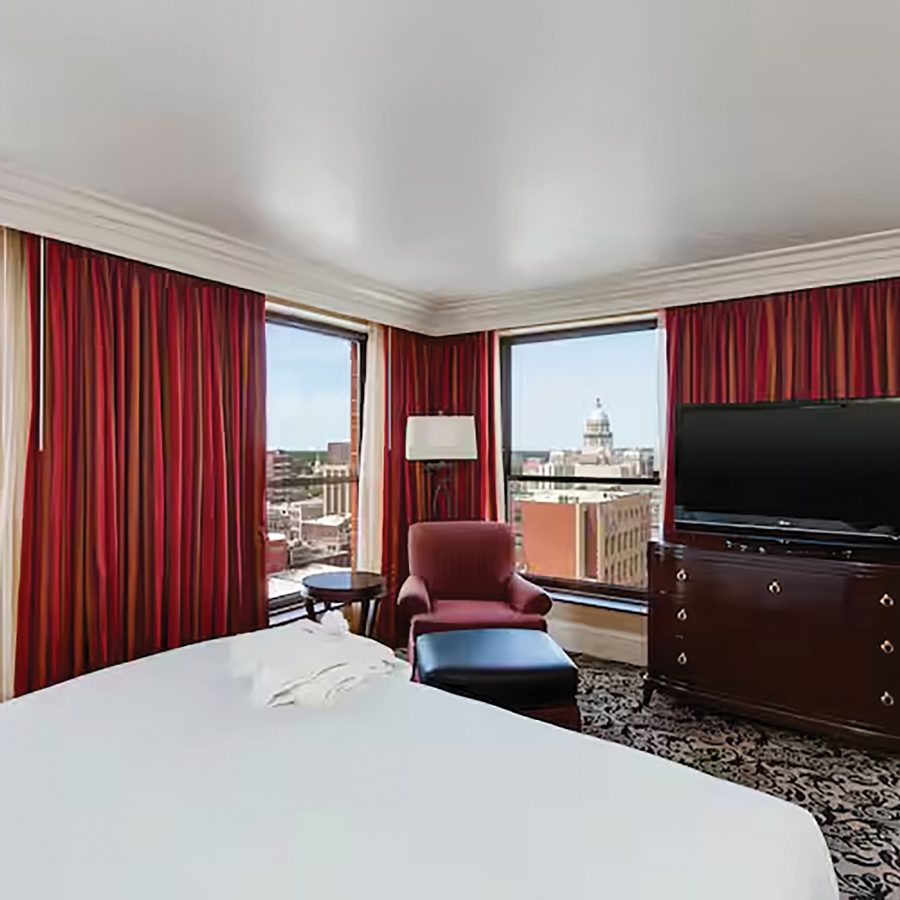
Where to stay the night on Route 66
Chicago
Kick off your Route 66 adventure with a stay at the Palmer House Hilton . Just a short stroll from the official Route 66 “Begin” sign on East Adams Street, this historic hotel has been welcoming travellers since 1871.
Springfield
The President Abraham Lincoln Springfield DoubleTree is steps from Lincoln landmarks and offers spacious rooms and a warm chocolate chip cookie at check-in.
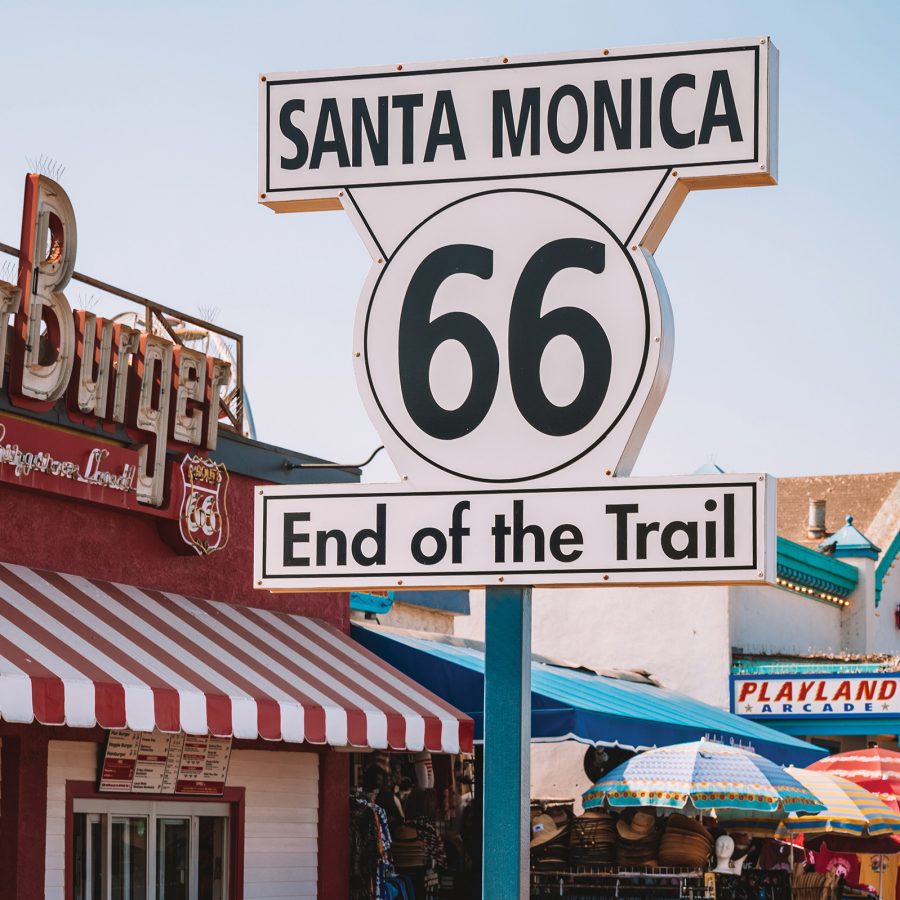
Credit: AlexKane/Getty Images
Where to stop and refuel along Route 66
Polk-a-Dot Drive In (Braidwood)
Classic diner fare with Elvis Presley and Marilyn Monroe statues.
Funks Grove (near Shirley)
Sample pure maple “sirup” and stock up on sweet souvenirs.
Ariston Cafe (Litchfield)
One of the oldest Route 66 restaurants, serving hearty American meals .
What to know before setting off
Watch for speed traps
Many of the small towns along Route 66 have 25mph (40km/h) limits.
Don’t skip the detours
Tiny towns such as Gardner and Odell offer vintage gas stations and hidden gems worth the extra few minutes.
Go further with Hertz
As a Cathay member, you’ll enjoy year-round privileges with Hertz, including complimentary car class upgrades and exclusive savings, no matter your status. Book ahead and hit the road in comfort, safety and ease.
More inspiration
Chicago travel information
- China – the Chinese Mainland, Hong Kong SAR, Macao SAR and Taiwan Region
- Hong Kong SAR - English
- Chinese Mainland (China) - English
- Taiwan, China - English
- 香港特別行政區 - 繁體中文
- 中国內地 - 简体中文
- 中國台灣 - 繁體中文
- Africa
- South Africa - English
- Asia
- Bangladesh - English
- Korea - English
- Singapore - English
- Cambodia - English
- 한국 - 한국어
- Sri Lanka - English
- India - English
- Malaysia - English
- Thailand - English
- Indonesia - English
- Maldives - English
- ประเทศไทย - ภาษาไทย
- Indonesia - Bahasa Indonesia
- Myanmar - English
- Vietnam - English
- Japan - English
- Nepal - English
- Việt Nam - tiếng Việt
- 日本 - 日本語
- Philippines - English
- Australasia
- Australia - English
- New Zealand - English

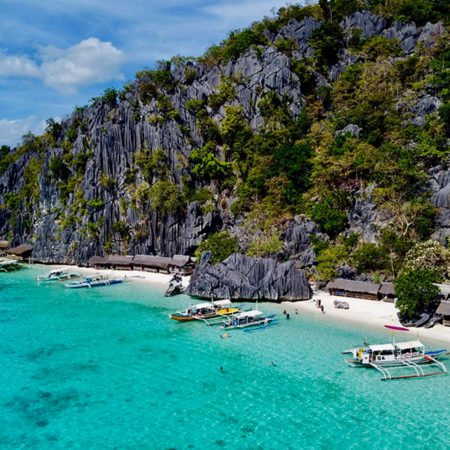


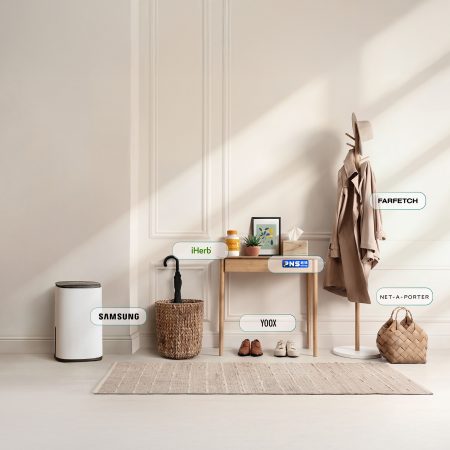

.renditionimage.450.450.jpg)

